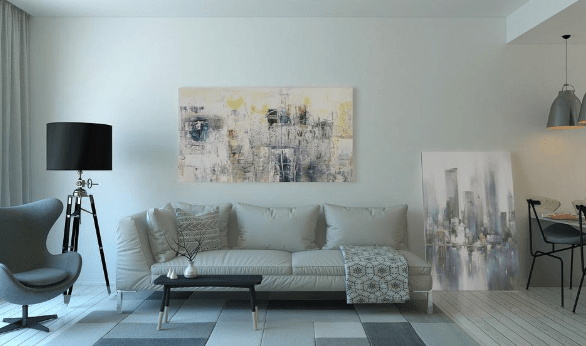Communal living also known as cohousing is a trend that has gained popularity in the last 40 years. Many people, however, are still unaware of what communal living really is and tend to think that it entails living in hippy cohousing from the sixties. These communities are intergenerational and include people of all ages living in the same cohousing community. A closer look at Community LivingIn previous times, living in a neighborhood meant everyone was familiar with each other and looked out for each other. People were willing to run errands for community members who were unable to and even extended a helping hand when it came to childcare, or house sitting. Communal living involves a group of people living together but in their own private homes. It is the creation of an intentional community consisting of private homes clustered together in a shared space. Today, affordable communal living involves sharing:
A closer look at Community LivingIn previous times, living in a neighborhood meant everyone was familiar with each other and looked out for each other. People were willing to run errands for community members who were unable to and even extended a helping hand when it came to childcare, or house sitting. Communal living involves a group of people living together but in their own private homes. It is the creation of an intentional community consisting of private homes clustered together in a shared space. Today, affordable communal living involves sharing:
- A large kitchen
- Dining area
- Laundry room
- Recreational spaces
- Parking
- Gardens
- Facilities like gymnasiums, swimming pools, and other memberships
Modern Communal livingCommunity living is not a new phenomenon and has been around since the 60s and 70s. Modern communal living seeks to make people feel as though they are part of a community. Even though people still want their own private space, they like the idea of having someone there to look out for them and one another. Communal living allows one the opportunity to enjoy both private life and a community life. Anyone can live in cohousing or communal living set up and it has not specifically been created for one group of people. Single people, families, senior citizens and people wanting to live sustainably all have lots to gain from this way of life. Benefits of Communal living
- Each member has a sense of responsibility and plays an active part in the community.
- Community living will help people to deal with issues and adjust in an effort to satisfy the group.
- Each member feels useful and needed, no-one is left feeling disrespected and left out.
- People often feel alone without their families however communal living helps them with feelings of depression and loneliness. They can turn to other members for support and comfort.
- Resources are shared and thus more affordable.
- People become more community-minded and are interested in what is best for the community and not just themselves.
- Takes the pressure off one person regarding household chores and responsibilities.
- It is much safer as there are more people in the home thus less chance of crime. Most of these communities have gated access so you can only access using your access code or fingerprint.
- In large communities, the residents are able to access shopping areas without needing to leave the community.
- There is lots of members and thus lots of support, members can start businesses and get support from their fellow residents.
Issues that may ariseEven though there is so much to enjoy and benefit from, with communal living, there may also be a few drawbacks when putting different people in the same house:
- Differences in raising kids. This is especially a problem if the group has decided to entrust the child-minding to one of the members who does not have a job or is at home every day. Each person may want their child to be brought up in a different way.
- Differences in opinions and views may end up causing conflict in the home between people who don’t agree with each other.
- Deciding how to split costs can be tricky. It is best for the owner to find a solution and to be the one to split the bills among the tenants.
- Deciding who will do certain chores may lead to squabbles. Most community living areas offer maid services included in the rental so that the home is kept clean and the responsibility of cleaning is taken away from certain members.
- Cooking may be an issue as people have different ways of eating. Allowing each person to take turns to cook for the group may be a good solution.
- Depending on how many people live in one house, privacy may be very rare.
As with all communities, families or organizations, rules need to be in place to ensure that all residents are happy and that things are kept under control.
I’m a 20-something stay-at-home mother and wife. I have an amazing husband, a beautiful daughter, two loving dogs, and a lazy cat. I wouldn’t change my life for anything! I love to read, listen to music, cook and blog!

Speak Your Mind